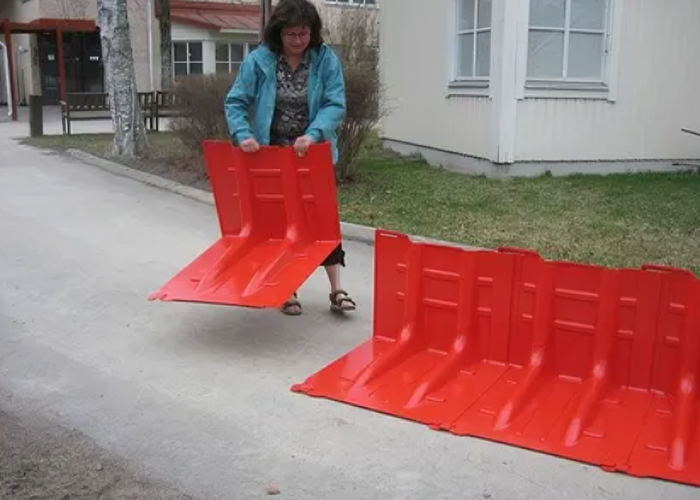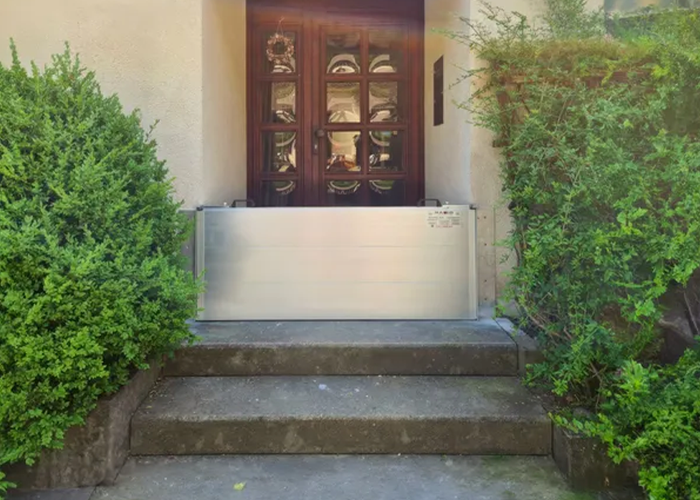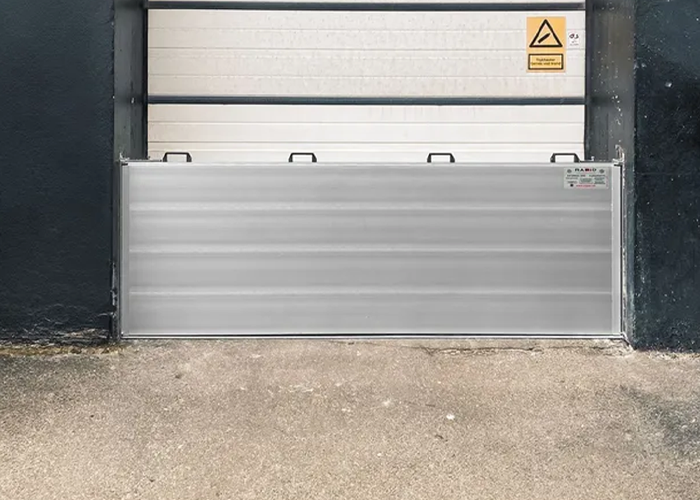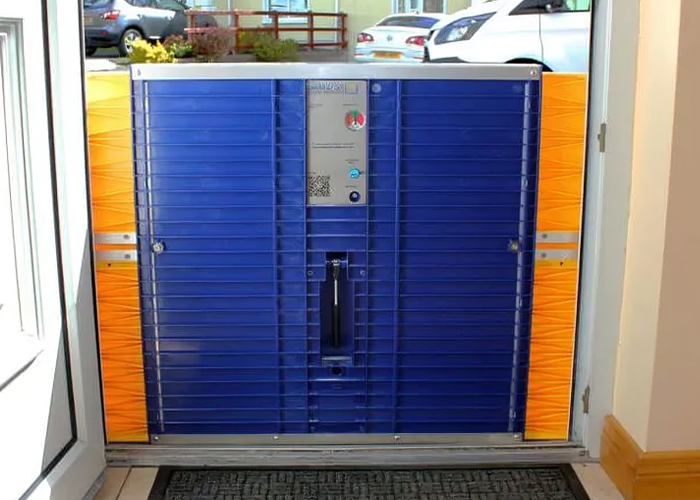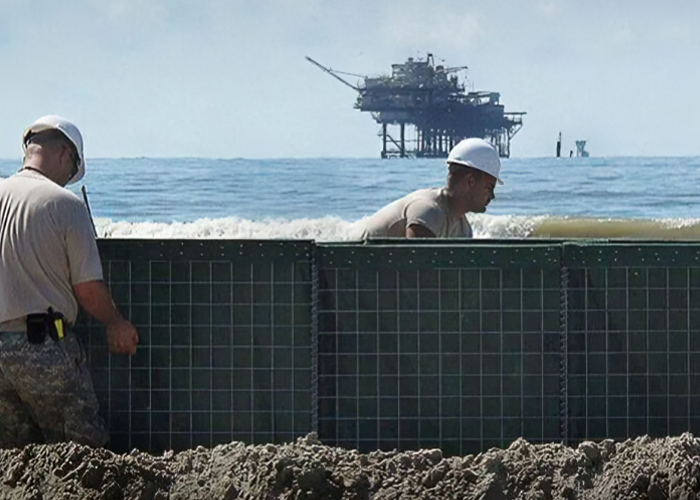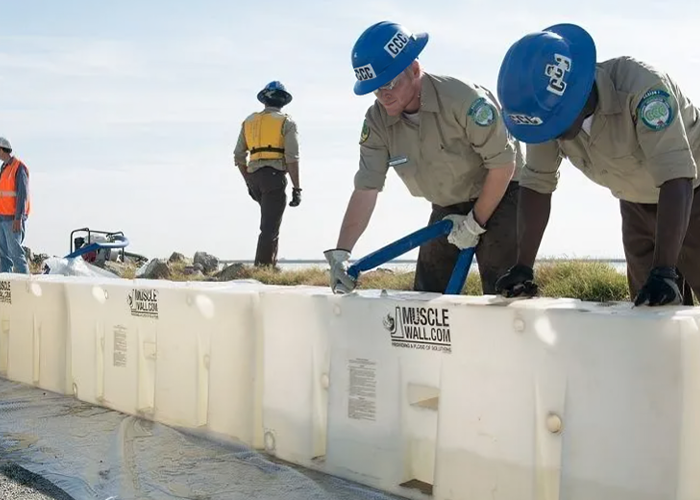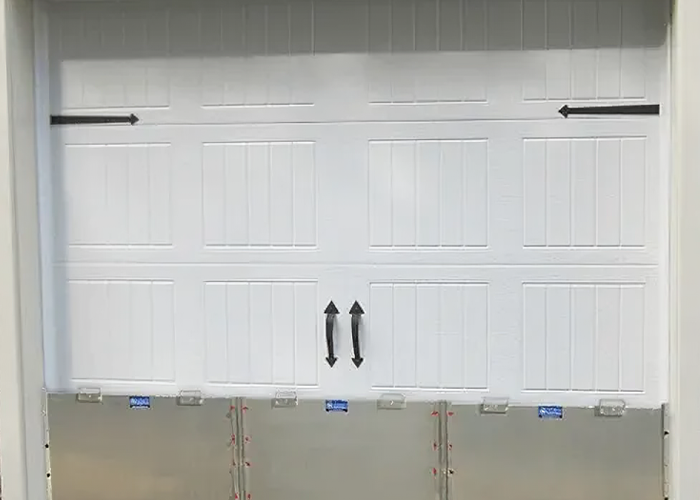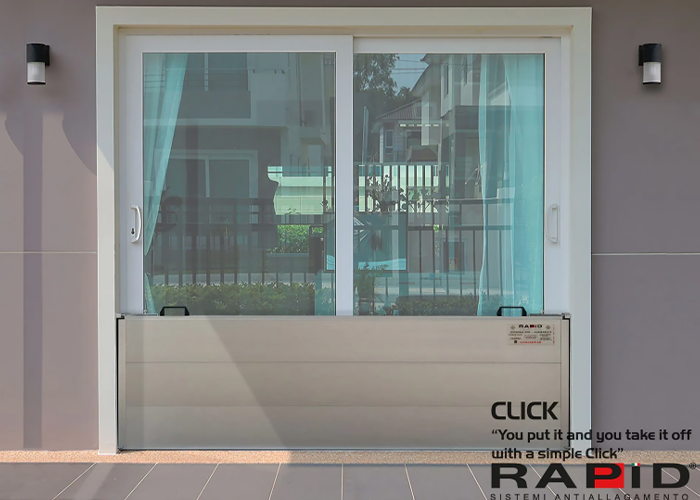Temporary Flood Barriers - What Are They, and Why Do We Use Them?
The Need for Temporary Barriers
Flooding has become more unpredictable and frequent in many parts of the USA. Heavy rains, rapid snowmelt, and hurricanes are just a few triggers. Communities, businesses, and even small towns now rely on flexible solutions to prevent property damage and disruption. Temporary flood barriers are one of the most efficient options available today.
These systems are designed to be quick to deploy and easy to remove. When compared to permanent structures, they offer a level of flexibility that is ideal for seasonal or unexpected events. Whether it’s protecting a construction site, a public walkway, or a neighborhood, temporary barriers can serve as a reliable first line of defense.
The main goal is to stop water before it reaches valuable areas. These barriers provide a temporary but powerful solution that buys critical time. They can reduce damage and lower recovery costs. This makes them a popular choice for property owners who need peace of mind without committing to large construction projects.
Key Techniques That Make a Difference
The strength of any flood defense lies in the method used. Different situations call for different responses. Temporary barriers stand out because they come in a wide variety of technical formats. This is where precision plays a vital role.
Some barriers are soil filled. These are useful in areas with loose or shifting terrain. They create a solid wall using weight as the core defense. Others are water filled, which makes use of local water sources. These fill up quickly and adjust to the surface beneath. Air filled systems work by inflating lightweight tubes to form a strong wall in minutes. There are also water anchored barriers. These rest on the ground but use the weight of rising water to lock them in place.
The materials used are another critical factor. Durable fabrics, reinforced joints, and sealed linings increase reliability. Proper anchoring methods can keep the structure in place even during fast-moving water events. These systems are not just about blocking water but doing it with speed and accuracy.
Rapid deployment is a core part of the technique. Teams can roll out hundreds of feet of barrier in hours. Some systems even come pre-packaged, making them easy to store and transport. The ability to respond fast without specialized training makes them ideal for emergency use.
Choosing the Right Type of Flood Barrier
Not all flood risks are equal. That’s why selecting the correct system is essential. Temporary barriers are only effective if they match the location and expected conditions. Flood Defense Group focuses on this match by offering the largest variety in the USA.
In urban areas, water filled barriers are often the first choice. They adapt well to paved surfaces and avoid damage to the ground. For larger open areas, soil filled barriers provide extra strength. Air filled units work well for short-term events and are easy to reposition. Water anchored types offer a hybrid option where terrain and water levels vary.
Each of these options has a specific role. The wrong type can cause more harm than good. That’s why careful assessment is key. Flood Defense Group takes the time to understand the unique features of every flood zone before making a recommendation.
Another part of choosing the right product is planning ahead. Knowing the typical flood season in your region helps you stay prepared. Having a barrier in storage, ready to go, is often the difference between staying dry and suffering loss. While no system can promise total protection, the right one can make a serious impact.
How a Protection Wall Can Strengthen Defense
Beyond temporary barriers, there are also panel-based flood wall systems. These are growing in popularity thanks to their long life and strong coverage. They are useful in both short and long-term plans. A flood wall works well when water is expected to reach high levels.
These walls come in sections and can be installed quickly. They create a tight seal and are made to withstand pressure from deep water. Some are modular and can be extended as needed. The real advantage is their ability to combine with other types of barriers. For example, a wall can be set up in front of a water filled unit to double protection.
In high-risk zones, flood walls are not just useful—they are essential. Commercial buildings, hospitals, and infrastructure often rely on these systems. They form part of a layered approach where temporary barriers act as the first line and panel walls provide deeper coverage.
These systems can be reused and moved to new locations. They are designed to meet FEMA and local building standards. Installation crews are trained to ensure the wall fits the terrain perfectly. When used correctly, they are one of the most powerful tools in modern flood defense.
The Bottom Line
Temporary barriers are more than a quick fix. They are a vital tool for anyone facing the growing challenge of flood risk. From urban streets to rural fields, they offer custom options that work when you need them most. Flood Defense Group leads the way by offering the widest range of flood protection systems in the country.
Our soil filled, water filled, air filled, and water anchored designs cover every kind of event. Paired with our flood protection wall systems, we build plans that work with your location and your budget. No two floods are the same. That’s why your barrier should never be one-size-fits-all.
If you are planning ahead or responding to a current threat, Flood Defense Group has the tools and the knowledge to help. Contact us for expert advice and a full line of tested, reliable flood defense solutions.
FAQs
What are temporary flood barriers made of?
They are usually made from reinforced plastic, rubber, or fabric. Some are filled with water or soil to add strength.
How fast can these barriers be set up?
Most systems can be installed within a few hours depending on size. Some units are pre-packaged and ready to deploy.
Are these barriers reusable?
Yes. Many systems can be dried, cleaned, and stored for future use. Reusability depends on the material and design.
How does a flood protection wall differ from other barriers?
A flood protection wall is a stronger, more permanent solution. It is made of panels and designed to resist deep or long-term flooding.
Can I combine different barrier types in one area?
Absolutely. Using different barriers together often provides better coverage. A mix of wall panels and filled units can protect multiple points at once.
